
Recent advances in technology for communication, casualty evacuation and weather forecasting as well as protective clothing, improved survial rations/ equipment and oxygen systems have made it easier than before to climb and survive in high altitude areas. High-altitude climbs have become safer because of better understanding of human physiology, sophisticated mapping tools, and fool-proof communication systems. Still, there are several mountain peaks which remain unconquered. For instance Mount Kailash in Tibet, and Gangkhar Puensum in Bhutan are considered sacred, K2 or Nanga Parbat, are considered extremely dangerous for even the most experienced climbers, while mountains like Annapurna are technically difficult to climb because of extreme cold, sudden storms, and avalanches. Maybe even God doesn’t want humans to climb and desires them to be left untouched – in their natural state. Here are ten unclimbable mountains in the world, which no one has been able to climb because of extreme difficult and dangerous conditions, or cultural and legal restrictions:
1. Mount Kailash (6,638 meters / 21,778 feet) – Tibet
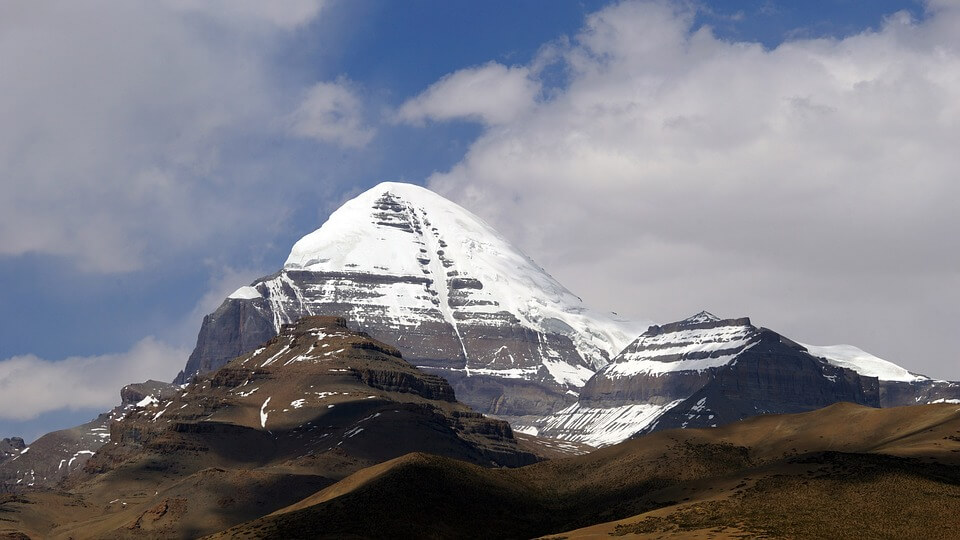
Why is it unclimbable: Mount Kailash in the Tibet Autonomous Region of China is one of the most sacred mountains in the world. It has some of the tallest peaks in the Himalayas and is considered “unclimbable” for both spiritual and physical reasons. Mount Kailash is considered the holiest mountain by followers of Hinduism, Buddhism, Jainism, and the Bon religion. It is believed to be the abode of Lord Shiva in Hinduism, Buddha Demchok in Buddhism and Rishabhadeva the first Tirthankara in Jainism. This is why many mountaineers feel that it would be inappropriate to step on the mountain you worship and hence prefer to avoid inviting the wrath of Gods by attempting to climb Mount Kailash. This is why many mountaineers tried to climb Mount Kailash but none of them was successful in reaching the summit and the Chinese government officially banned climbing on Mount Kailash in 1993 to protect the mountain and its surroundings. Hence instead of climbing the mountain, pilgrims undertake a 52-kilometer trek around the base of Mount Kailash because of the belief that walking around the mountain would bring spiritual blessing and purification.
Even without the spiritual and legal restrictions, Mount Kailash remains one of the most revered and “unclimbable” mountains in the world because of its rugged steep and rocky terrain, and harsh weather which makes it a difficult and dangerous place for any expedition. In 1980, renowned mountaineer Reinhold Messner attempted to climb Mount Kailash but was forced to turn back due to bad weather. Even others who attempted to climb Mount Kailash couldn’t do so because of its extremely cold temperatures that can drop to -40°C, wind speeds up to 100 km/h and unpredictable weather with sudden snowstorms and avalanches.
2. Annapurna I (8,091 meters / 26,545 feet) – Nepal
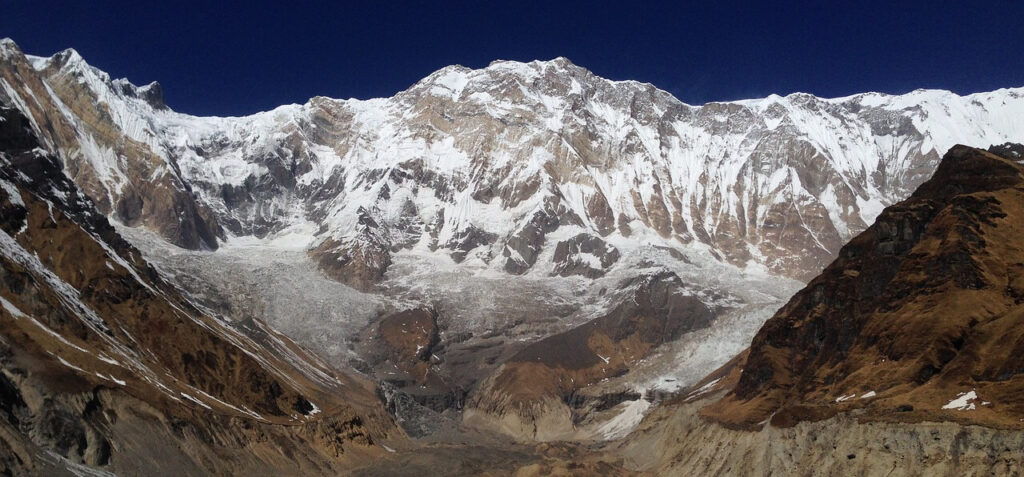
Why is it unclimbable: Annapurna I, located in the Himalayas in Nepal, is considered one of the most dangerous mountains to climb because of frequent avalanches and high fatality rate among climbers (around 32%) which make it technically more demanding than other 8,000-meter peaks like Mount Everest or K2. Hence despite its relatively lower height compared to other Himalayan peaks, Annapurna remains one of the deadliest mountains to climb because of strong winds, heavy snowfall, and rapid weather changes. The avalanche risk is especially high on the lower and middle sections of the climb, where snow and ice can become unstable, and avalanches can be triggered by weather changes or even climbers themselves. Annapurna is a very technical mountain, requiring advanced ice and rock climbing skills, as well as high-altitude mountaineering experience which make it one of the most difficult and hazardous mountains to climb in the world.
3. K2 (8,611 meters / 28,251 feet) – Pakistan/China
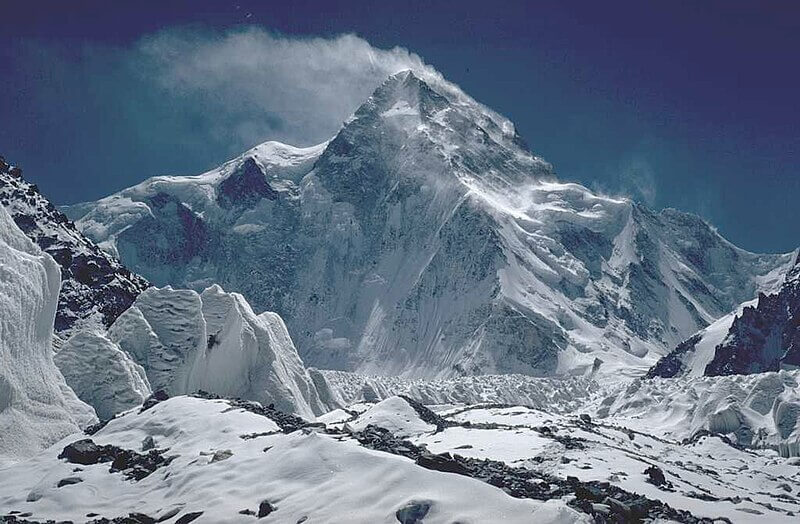
Why is it unclimbable: K2 located in the Karakoram range, straddling the border between Pakistan and China, is the second-highest mountain in the world. It often called “Savage Mountain” and is considered one of the most difficult and dangerous mountains to climb because of its steep terrain, harsh weather, and technical challenges. It has a high death rate, which makes it one of the most feared peaks approximately 25% of climbers who attempt to climb the mountain don’t survive. K2 is considered more technically difficult to climb than Mount Everest. The routes on K2 are steeper, and many sections of the climb require advanced ice, rock, and mixed climbing techniques. The mountain’s complex terrain demands highly skilled and experienced mountaineers. K2’s weather is unpredictable, with extremely high winds, freezing temperatures, and frequent storms. Climbers often have to deal with blizzards and sub-zero temperatures that can make climbing incredibly dangerous. The mountain is also prone to avalanches and rockfalls, especially in its lower and midsections which make the climb particularly risky, as climbers are swept away or struck by falling debris.
4. Nanga Parbat (8,126 meters / 26,660 feet) – Pakistan
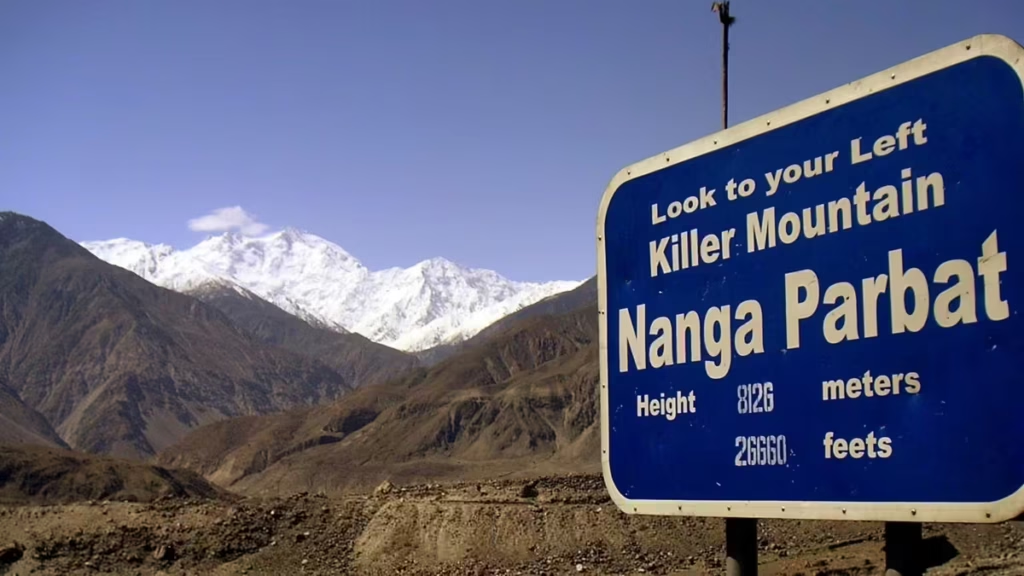
Why is it unclimbable: Nanga Parbat, in the Pakistani Himalayas — one of the 14 highest peaks in the world above 8,000 meters is nicknamed “Killer Mountain” because of the extreme risks and challenges that climbers face when attempting to summit it. Nanga Parbat is one of the hardest mountains in the world to climb, with steep, complex terrain. The mountain’s face is extremely vertical, and much of the climb involves difficult rock, ice, and mixed climbing. Rupal Face, the mountain’s most famous route, is the largest uninterrupted mountain face in the world, and climbing it requires highly advanced technical skills. The weather on Nanga Parbat is notoriously unpredictable and severe. The region experiences high winds, frequent snowstorms, and rapidly changing conditions, which make climbing extremely dangerous. Climbers often have very limited weather windows to summit, and the cold temperatures and harsh conditions pose serious risks. Nanga Parbat is also prone to avalanches and rockfalls, which have led to numerous fatalities over the years and contribute to the mountain’s dangerous reputation. The oxygen levels at Nanga Parbat are extremely low due to which the climbers face high altitude sickness, fatigue, and other health issues.
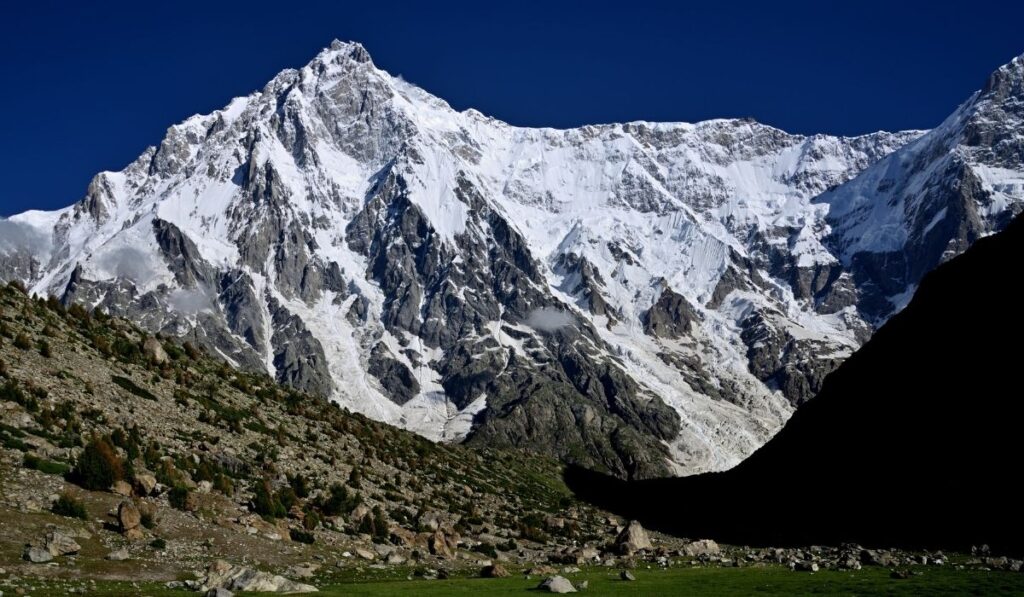
The extreme technical challenges, high altitude, unpredictable weather, and risks of avalanches and rockfalls all combine to make Nanga Parbat one of the most difficult mountains to climb. Nanga Parbat has a tragic history. Hermann Buhl, an Austrian mountaineer was the first to reach the summit in 1953 under extreme conditions, without supplemental oxygen. He had to spend a harrowing night alone on the mountain before being rescued. Since then there have been many failed attempts to climb on Nanga Parbat with equally high casualties, adding to its dangerous reputation.
5. Gangkhar Puensum (7,570 meters / 24,836 feet) – Bhutan
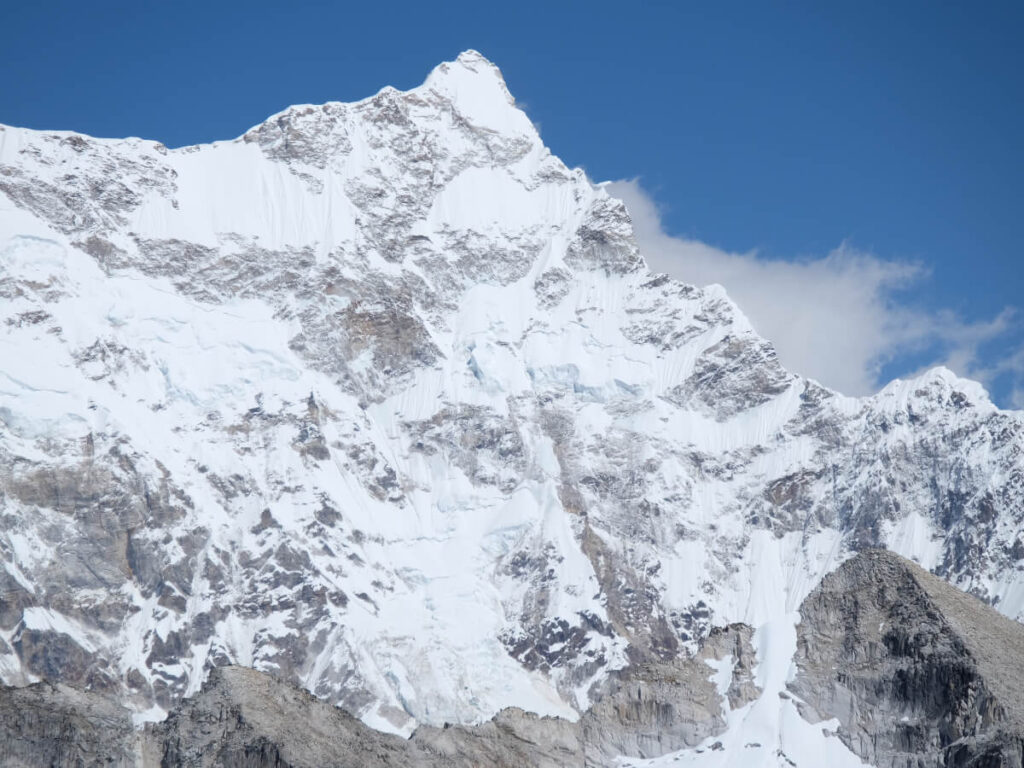
Why is it unclimbable: Gangkhar Puensum, located in Bhutan, is considered sacred by the Bhutanese people who believe that the mountain is home to powerful spiritual guardian spirit of Bhutan. Many Buddhists view climbing the mountain as a direct affront to these spiritual beings. For this reason, Bhutanese culture and religion strongly prohibit any attempt to climb the mountain. In 2003, the government of Bhutan officially prohibited climbing the mountain to protect its sacred status. As a result, no one has ever reached its summit.
Hence though climbable, Gangkhar Puensum remains the world’s highest unclimbed peak and remains off-limit because of respect for the local traditions, beliefs, and the government’s desire to protect the mountain’s sacred and pristine nature.
6. Mount Rwenzori (5,109 meters / 16,762 feet) – Uganda/Democratic Republic of the Congo

Why is it unclimbable: Mount Rwenzori, also known as the “Mountains of the Moon,” is located on the border between Uganda and the Democratic Republic of Congo. It is known for its complex terrain, unpredictable weather, and technical challenges. Its rugged terrain includes steep slopes, rock faces, retreating glaciers which can be tricky to navigate, requiring advanced mountaineering skills. The terrain includes a mix of dense rainforests, muddy tracks, high-altitude ridges, and glacial rock climbs, making it a technical and physically demanding climb.
Rwenzori’s weather is highly unpredictable. The mountain is located in a tropical region, and climbers must deal with high humidity, frequent rain, and sudden storms. These conditions make the climb more dangerous, with slippery rocks, flooded trails, and the potential for landslides or avalanches. The frequent rain can make the mountain exceedingly difficult to ascend, especially for those not prepared for the wet and cold conditions. At its highest point, Mount Rwenzori reaches 5,109 meters (16,761 feet), which is high enough to pose high altitude sickness due to which climbers have to struggle with oxygen deprivation, fatigue, and other health issues.
Many parts of the mountain are not suitable for trekkers without mountaineering experience, and the steep rock faces and glaciers present a constant risk for those unfamiliar with high-altitude climbing techniques.
7. Shishapangma (8,027 meters / 26,335 feet) – Nepal/Tibet
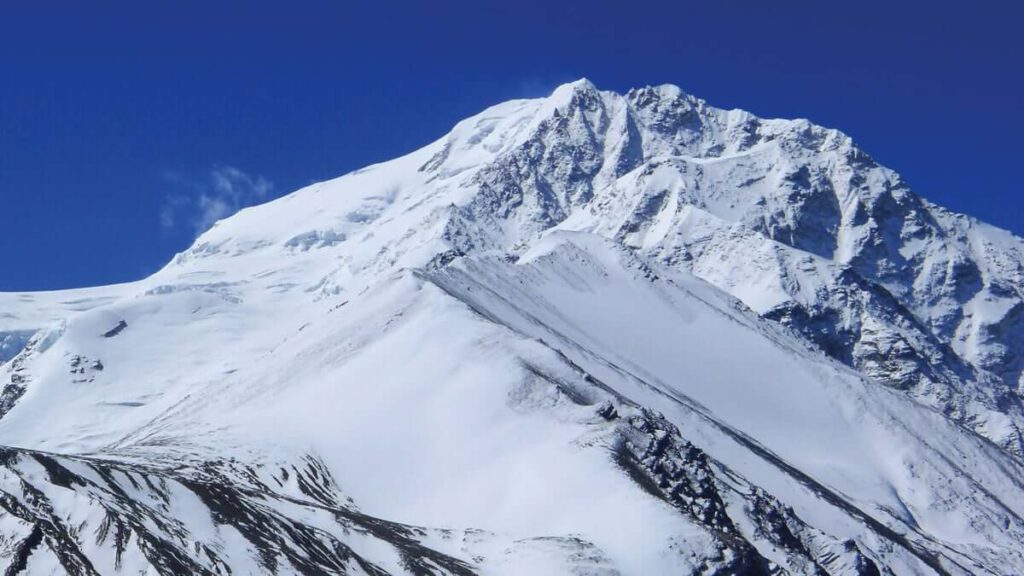
Why is it unclimbable: Shishapangma, located in remote and isolated Himalayan region of Tibet is far from major urban centres with limited infrastructure and fewer resources. Due to this isolation help often takes time and is not readily available in case of emergency. This adds to the climbing hazards. Even otherwise, the Chinese government doesn’t readily issue permits and takes its own time in addition to asking climbers to take Chinese guides and take only fixed routes to climb the mountain. The mountain’s steep slopes, crevasses, and glaciers present significant climbing challenges, especially on the higher sections. Climbers also have to face technical difficulties like ice and rock climbing, as well as unpredictable strong winds, snowstorms, and rapidly changing conditions at high altitudes. Wind speeds increase, and visibility becomes low on the upper reaches of the mountain where avalanches pose a significant risk, especially on steeper slopes. These challenges contribute to the mountain’s reputation for being dangerous to climb.
Also Read: From military to adventure sport: history and traditions of kite flying
8. Mount Thor (1,250 meters / 4,101 feet) – Canada

Why is it unclimbable: Mount Thor, located on Baffin Island in Canada, is known for having the world’s tallest vertical rock face. The climb up the overhanging 1,250-meter (4,101-foot) rock face is extremely difficult. The climbers need to use advanced technical rock climbing skills to climb the nearly 90 degrees vertical wall and need to be proficient in crack climbing and traditional climbing techniques. The sheer size of the face also makes it a time-consuming and physically exhausting climb. The weather here can be extremely unpredictable and severe. Temperatures can drop dramatically, and can be extremely cold leading to high winds and dangerous snowstorms which are a common feature in these extreme conditions, where even experienced climbers can face life-threatening risks, including frostbite, hypothermia, and disorientation. The cold temperatures can lead to rock fall, and can cause rocks to loosen and fall without warning.
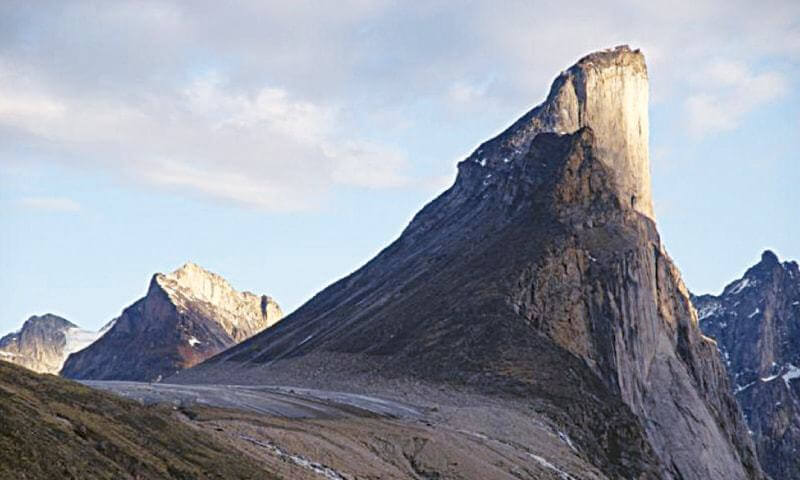
The mountain’s sheer verticality make it one of the most technically demanding climbs and the most challenging feats for rock climbers in the world. As a result, climbers must have high degree of skill and preparation. Given its remote location, search-and-rescue operations on Mount Thor are extremely difficult and time-consuming.
Also Read: Kiteboarding- an exhilarating water sport
9. Ojos del Salado (6,893 meters / 22,615 feet) – Chile/Argentina
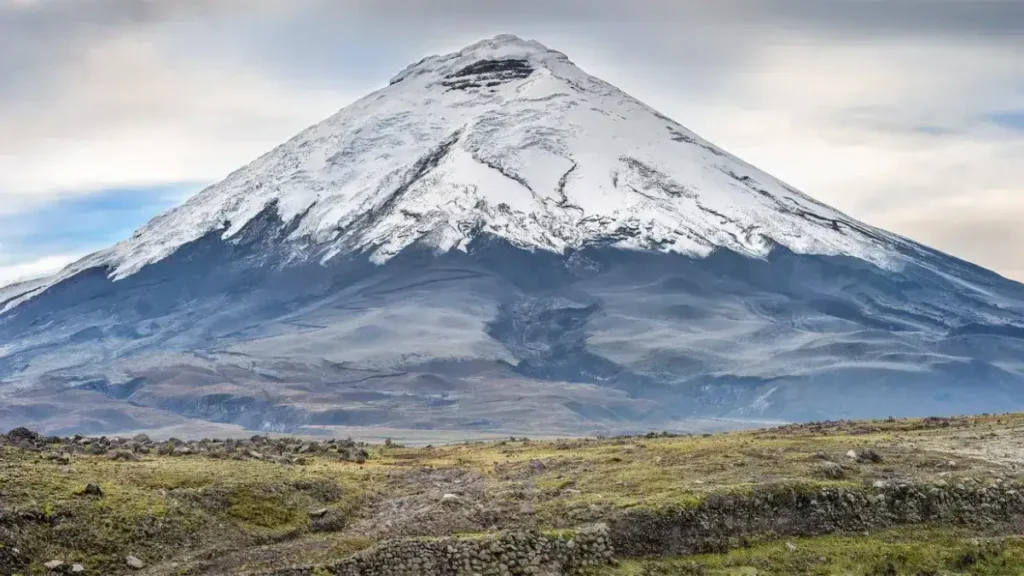
Why is it unclimbable: Ojos del Salado, located on the Chilean-Argentine border in the Andes mountain range, is the highest active volcano in the world and the second-highest peak in the Western Hemisphere. Ojos del Salado is located in the Atacama Desert which one of the driest and most inhospitable regions of the world. The weather here can be extremely harsh, with high winds, freezing temperatures, and low humidity. Storms can occur unexpectedly, and temperatures can plummet to life-threatening lows. As a result even experienced mountaineers face numerous challenges like altitude sickness, fatigue, dizziness, and difficulty breathing. The lack of oxygen requires climbers to be acclimatized and well-prepared for the strain on their bodies.
Another big risk for the climbers is that though not known for recent volcanic eruptions, Ojos del Salado is an active volcano which means that there is always a possibility for volcanic activity, such as minor eruptions or fumaroles (gas vents). As a result the volcanic rocks can loosen, creating additional challenges for climbers.
Ojos del Salado has the highest lake in the world, at around 6,390 meters (20,965 feet) near the summit but it contributes to the challenges faced by the climbers as the air is thin, and oxygen levels are low. Climbers at such altitudes are already facing fatigue, dizziness, and difficult breathing hence they have to keep moving, as prolonging the stay at high elevations can exacerbate the altitude sickness. Hence the climbers focus on reaching the summit instead of taking a detour to use the lake as a water source. The lake is also quite small and not a continuous source of water. Hence the climbers depend on the extra water they have brought from lower elevations or rely on melting snow or ice instead of stopping by the lake to rest or collect water.
10. The Eiger (3,967 meters / 13,015 feet) – Switzerland
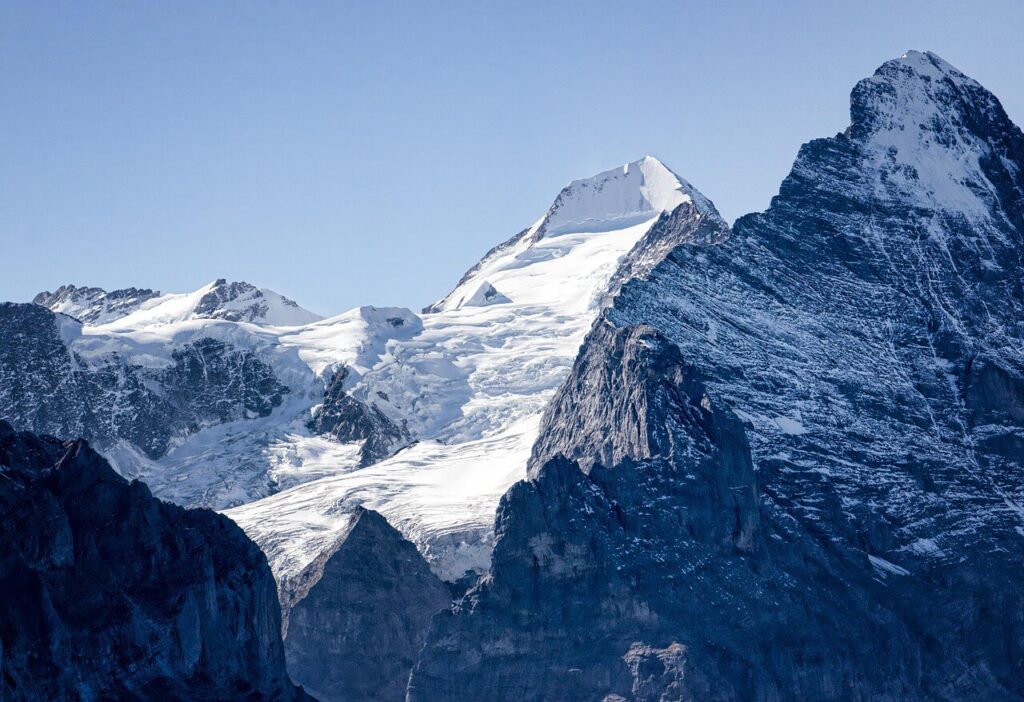
Why is it unclimbable: The Eiger in the Swiss Alps, is considered one of the most difficult and dangerous over 1,800 meters (5,905 feet) high mountain to climb in the world. The Eiger is notorious for its unpredictable weather conditions – high winds, snowstorms, and rapidly changing temperatures making the climb even more dangerous. The combination of altitude, technical climbing, and exposure to the elements adds to the physical and mental strain for the climbers. The most famous and difficult route, the “Heckmair Route,” is known for its steep rock sections, icy ledges, and difficult physical, and psychological challenges to climbers throughout the ascent.
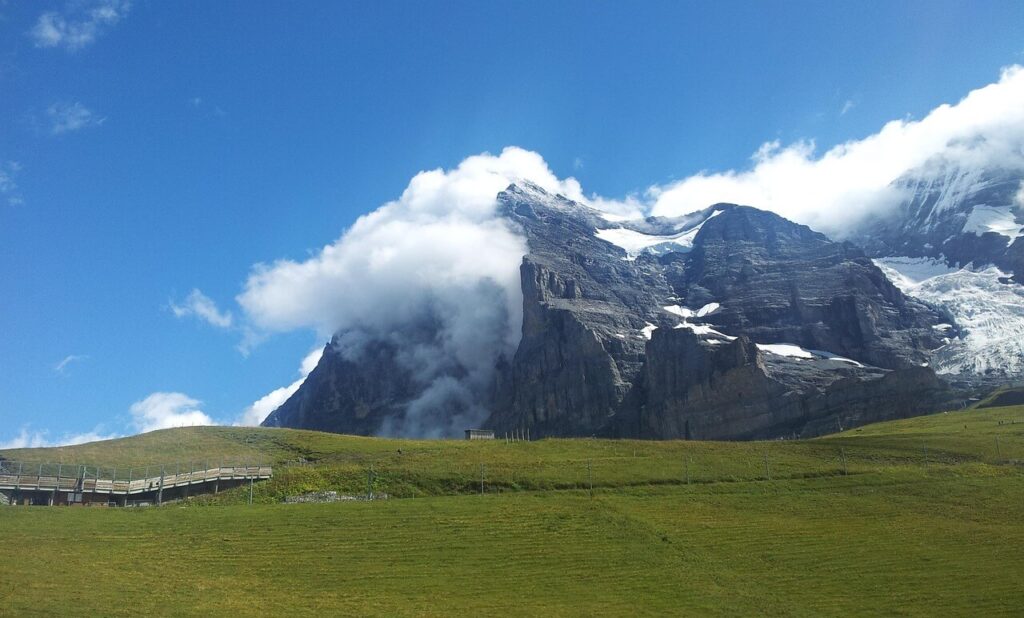
Its northeast face known as the “Murder Wall” is has claimed many lives over the years. The climb involves a mixture of rock climbing, ice climbing, and mixed terrain, which requires exceptional technical skills and endurance. The north face is particularly exposed to harsh weather, which can lead to frostbite, hypothermia, or disorientation. The North Face is known for its rock fall. Loose rock and ice can fall from above, especially during warm weather or heavy snow. Climbers face the constant risk of being hit by falling debris in addition to avalanches on the higher reaches of the mountain.
The Eiger has a long history of tragic accidents. The first successful ascent from the North Face was achieved by an Austrian-German team in 1938, but at the cost of several lives. The dangerous climb, combined with unpredictable weather and technical challenges has resulted in numerous fatalities over the decades.
Conclusion:
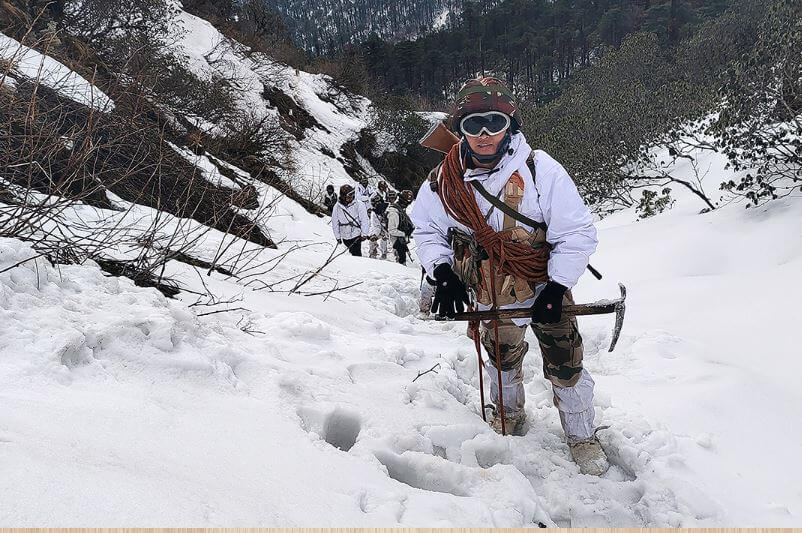
Despite advances in climbing technology and techniques, many mountains remain unconquered and continue to pose significant challenge to some of the most experienced mountaineers. Their unclimbed peaks continue to intrigue and inspire adventurers and scientists alike.

